Blog
A Practical Tool for Inclusive Education in Emergencies
- Inclusive education
- Inclusive development & aid
Read this article in español or français.
On April 30th, Inclusion International, the International Disability Alliance, ASDOWN Colombia, and FNPH Niger held a webinar to launch the pilot of the Unlocking Inclusive Education in Emergencies learning tool.
This practical resource is designed to support humanitarian actors in applying inclusive education principles throughout emergency response programmes.
It encourages meaningful partnerships with organisations of persons with disabilities (OPDs) and is intended for use across all levels of Education in Emergencies (EiE) programming.
Attendees were invited to explore the pilot version and provide anonymous feedback to support further development.
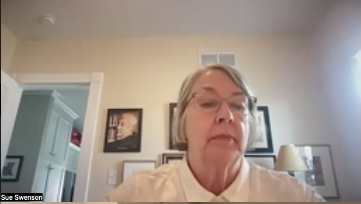
Sue Swenson, President of Inclusion International, opened the meeting emphasising the importance of ensuring inclusive education in humanitarian settings.
Emergencies are not an excuse to leave children behind—especially not children with disabilities.
Sue Swenson, Inclusion International President
Sue underlined the collaborative development of the tool and the importance of centering the voices of people with intellectual disabilities and their families.
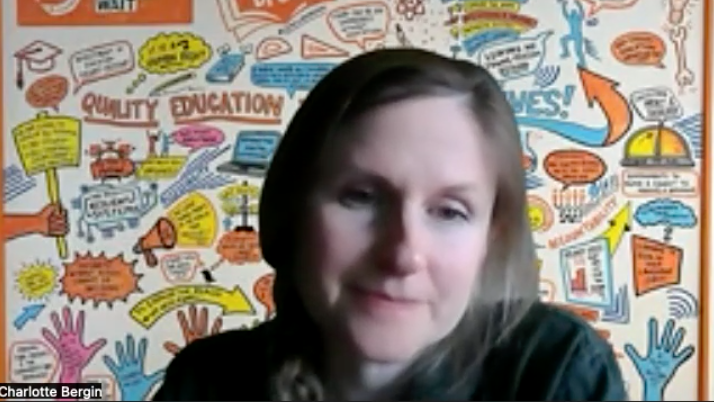
Charlotte Bergin, from Education Cannot Wait, introduced ECW’s mandate and emphasised that inclusive education is a core principle, not just an add-on.
If education in emergencies is not inclusive, it is not education for all.
Charlotte Berin, Education Cannot Wait
Charlotte acknowledged that despite growing commitments, children with disabilities continue to be underrepresented and underserved in humanitarian responses.
She pointed to the persistent exclusion of learners with disabilities in crisis responses, not due to lack of solutions, but a lack of awareness, training, and tools. She praised the new learning tool for translating commitments into practical action and urged actors to embed disability inclusion at every stage of response.
She closed by urging organisations to embrace inclusive practices not just because they are right, but because they improve the quality of humanitarian education for everyone.
After that, Siddo Omarou from the Fédération Nigerienne de Personnes Handicapées (FNPH) also gave a presentation.
“We are not just beneficiaries. We are partners. We have solutions. We live the reality,” said Siddo, who focused the conversation on lived experience and the role of organisations of persons with disabilities (OPDs) in inclusive education in emergencies (EiE).
He spoke about how exclusion is amplified in crisis contexts and emphasised the critical need for OPDs to be recognised as equal partners in humanitarian response:
Nothing about us without us must also apply in emergencies. We have the knowledge, and we know what works for our communities.
Siddo Omarou, Fédération Nigerienne de Personnes Handicapées
He stressed that inclusive education is often misunderstood in emergencies as simply “access” — but without adapted content, teacher training, meaningful participation and a vision of inclusion, children with disabilities continue to be left behind.
Siddo urged humanitarian actors to use the tool not just to “check a box,” but to transform their approach to emergency education from the inside out.

Mónica Cortés from ASDOWN Colombia introduced the learning tool itself.
She described the tool as a practical, modular resource designed to build understanding of inclusive education within humanitarian settings.
The goal is not only to inform, it is to equip. We want humanitarian actors to feel confident to act inclusively, even in complex and changing contexts.
Mónica Cortés, ASDOWN Colombia
Mónica highlighted that the tool includes:
- Core principles of inclusive education
- Real-life examples and case studies from emergency contexts
- Practical steps for inclusive planning, implementation, and evaluation
- Self-reflection questions and scenarios to challenge assumptions
She also emphasised how OPDs helped co-design the tool to ensure authenticity and relevance to the realities of people with disabilities in crisis situations.
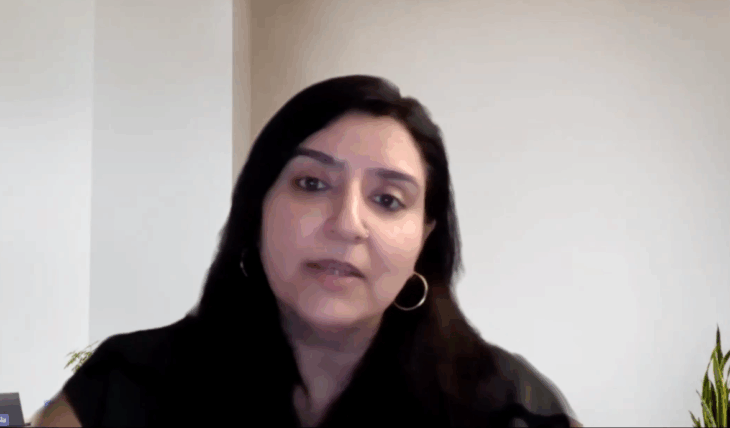
Asma Maladwala from UNICEF outlined how the tool can be applied in real settings:
- In Bangladesh, inclusive design in Rohingya refugee camps led to the introduction of child-friendly learning centres with accessible entrances, sensory materials, and multilingual support, which significantly increased attendance among children with disabilities.
- In Mozambique, a cyclone recovery program integrated inclusive education training for local teachers, resulting in improved teacher confidence and a measurable rise in retention rates for children with disabilities in temporary learning spaces.
- In Syria, UNICEF supported the adaptation of learning content to be more inclusive for children with intellectual and developmental disabilities, leading to increased family engagement and better social-emotional outcomes for learners.
She emphasised that inclusion must be built into the DNA of every education in emergencies (EiE) response: “Inclusion is not an add-on—it must be the backbone of every education response in emergencies.”
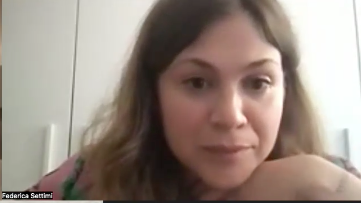
Federica Settimi from Inclusion International explained the next steps of the project, inviting attendees to explore the pilot version of the tool and complete a short anonymous feedback form.
Your feedback will shape how this tool evolves—we want to know what works for you and what doesn’t.
Federica Settimi, Inclusion International
She also encouraged organisations to pilot it internally, in staff training or program review processes, and share their experiences.
During the Q&A, speakers addressed practical implementation questions, including ways to use the tool in partnership with OPDs and how to measure success in inclusive EiE programmes. A common theme was the need for real accountability and continuous dialogue with OPDs.
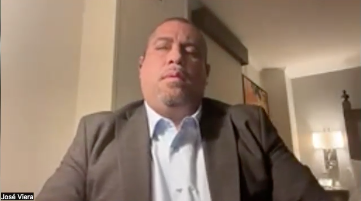
José Viera from the International Disability Alliance (IDA) closed the webinar with a call to action, urging participants to not only explore the tool but to internalise and apply its values in real humanitarian operations.
The right to education does not stop during emergencies. In fact, that’s when it matters most.
José Viera, International Disability Alliance
He emphasised that inclusive education is a matter of rights, not charity, and that emergencies must not be used as an excuse to leave children with disabilities behind.
“Inclusion is not optional. It is not for later. It must be part of how we act now — especially in times of crisis.”
He commended the collaboration between OPDs, education actors, and humanitarian organisations in developing the tool and reiterated that inclusive EiE is both possible and urgent.